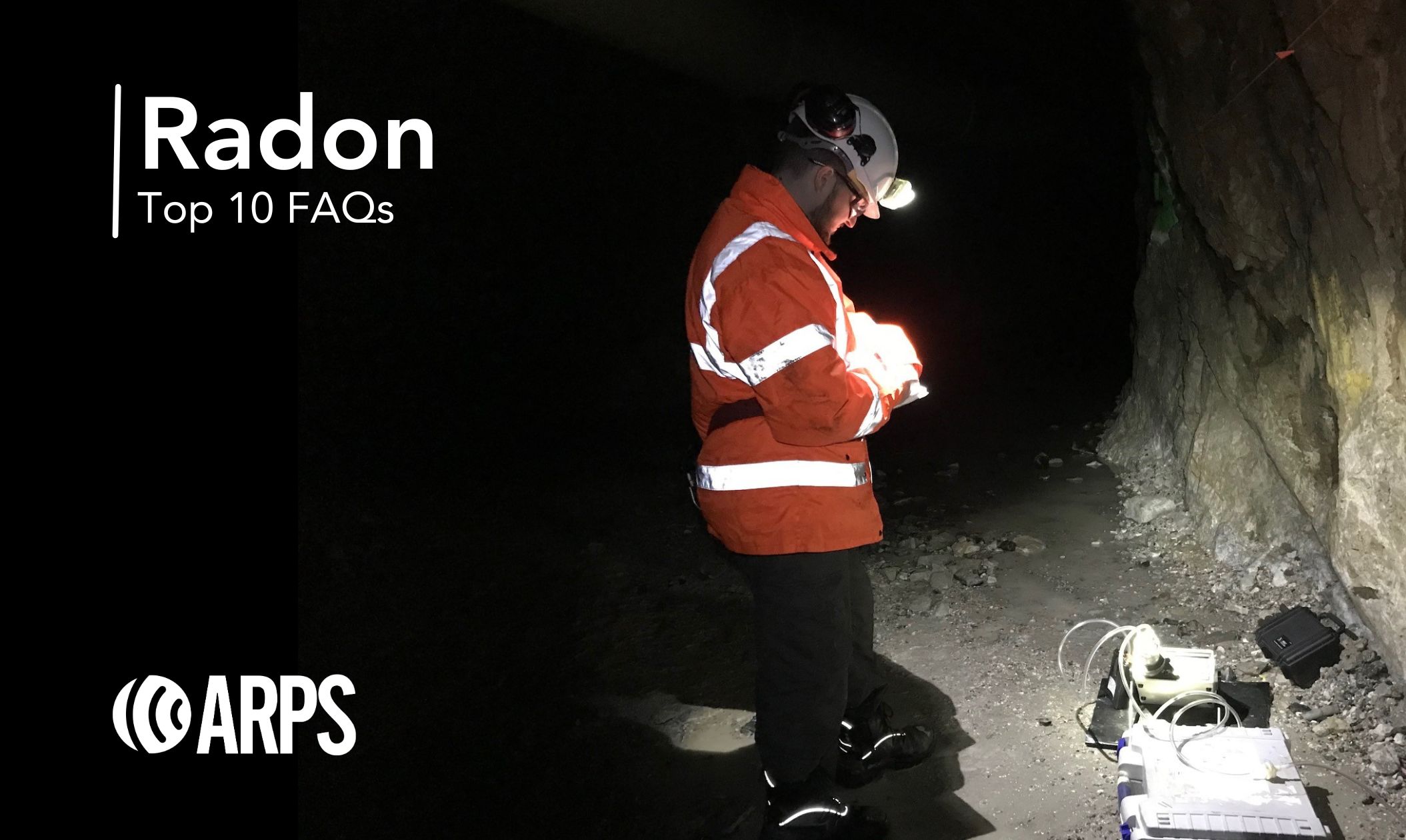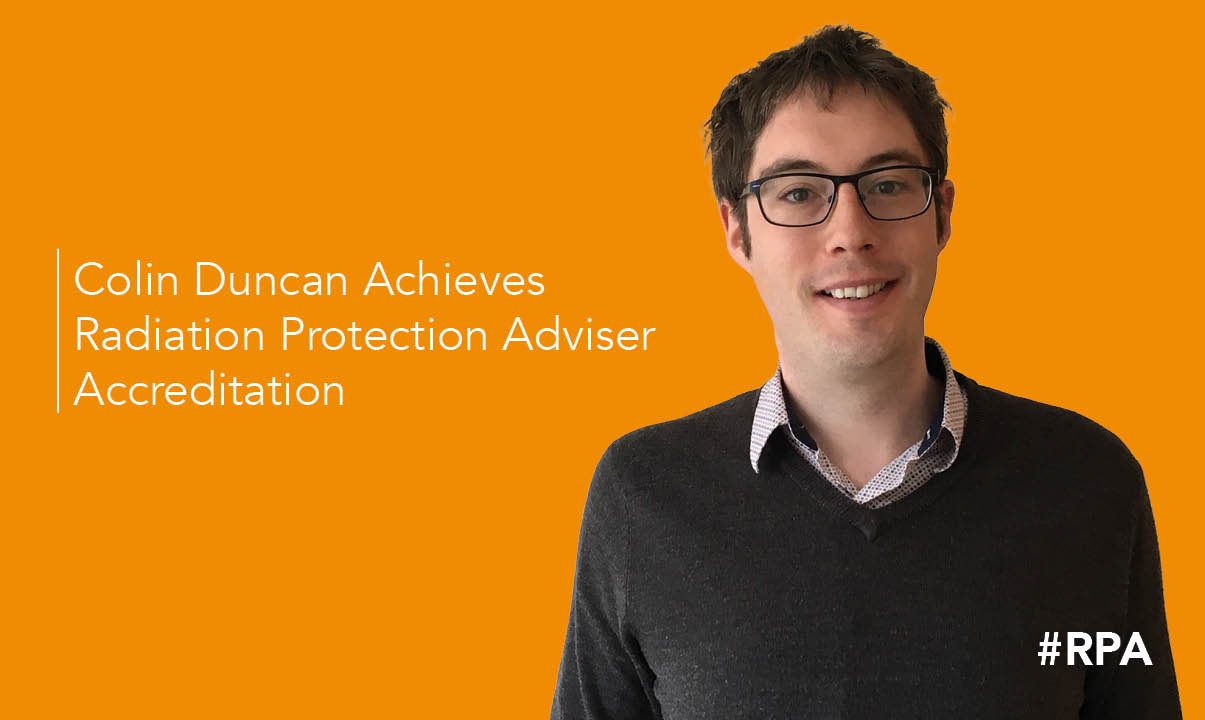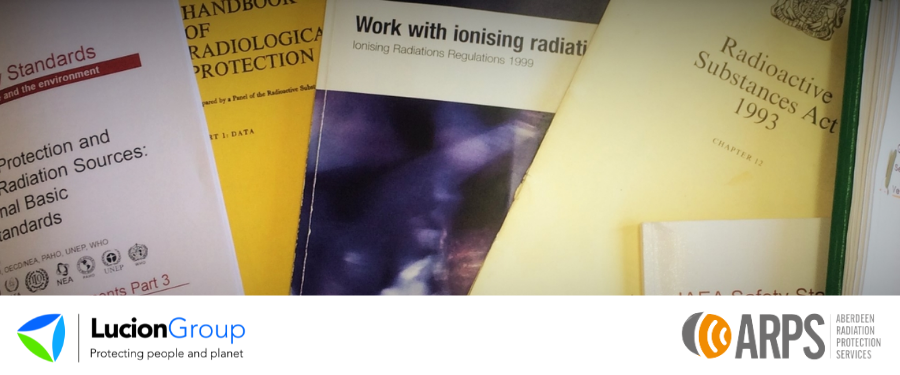Top 10 Radon FAQs
2 May 2023
Last December (2022) the UK Health Security Agency (UKHSA) and British Geological Survey (BGS) published an updated radon potential map for Great Britain, refining our knowledge of ‘Radon Affected Areas’.
The UKradon website now showcases the long-awaited radon map, which marks the first update in over a decade. The map is a result of extensive research and analysis, blending the latest geological mapping with an extensive database of in-home measurements.
With the radon map, local councils, national and regional governments, social and private landlords, private homeowners, and employers can evaluate the radon exposure risk in their properties. Additionally, the map informs building regulations, determining the areas where radon-preventative measures should be incorporated in new constructions. The darker the colour on the radon map, pictured here, the greater the chance of a high radon level in a building. However not all buildings, even in the darkest areas, have high levels.
Following the release of the new Radon map, our team at Aberdeen Radiation Protection Services, specialist providers of comprehensive and cost-effective radiation protection services, answer your top 10 radon FAQs.
What Is Radon?
Radon is a colourless, odourless radioactive gas. It is formed by the radioactive decay of small amounts of uranium that occur naturally in all rocks and soils. Radon is drawn into buildings from the ground due to the atmospheric pressure indoors being lower than the outside. High radon levels occur in buildings due to a number of factors including concentration of uranium in rock formations; permeability of the ground, construction/condition of the floor and ventilation in the building.
Why Is It A Risk To Our Health?
Radioactive substances decay and emit radiation. Any exposure to this type of radiation is a risk to health – radiation is a form of energy and can cause damage to living tissue. As radon is breathed in, it can deposit radioactive decay products in the lungs, causing damage. According to the UK Health Security Agency, over 1000 people per year die from Radon related lung cancer. Exposure to radon gas is a leading cause of lung cancer in non-smokers.
Where Is Radon found?
Workplaces such as basements, mines, caves and utility industry service ducts can have significant levels of radon, as can any above-ground workplaces in radon-affected areas. All workplaces including factories, offices, shops, schools, residential care homes and health
centres can be affected.
What Level of Radon Concentration Is Considered A Risk?
Radon concentration is measured in becquerels per cubic metre of air (Bq m-3). The average level in UK homes is 20 Bq m-3. For levels below 100 Bq m-3, your individual risk remains relatively low and is not a cause for concern. However, the risk increases as the radon concentration increases. The regulations – Ionising Radiation Regulations 2017 (IRR17) – apply in the workplace if the radon level exceeds 300 Bq m-3 as an annual average.
What Are My Responsibility As An Employer?
Under the Health and Safety at Work Act 1974, an employer is responsible for ensuring the health and safety of employees and others who access their workplace. The Management of Health and Safety at Work Regulations 1999 require the assessment of health and safety risks which include radon under the following circumstances:
-
All workplaces located in radon-affected areas; and
-
All occupied below-ground workplaces in the UK.
UKHSA advises radon should be identified as a hazard if you have a workplace with one or more of the following circumstances:
-
It is a building in a radon Affected Area
-
It has a basement area that is occupied for more than about 50 hours each year
-
It is a mine, cave, or other underground environments
-
It has a suspected radon source such as groundwater (e.g. treatment works) or geological samples
How do I find out if my workplace is in a radon affected area?
A radon affected area is an area where the probability of a property having an indoor air concentration above the domestic action level of 200 Bq/m3 is more than 1%. You can check to see if your workplace is in a radon affected area by searching the RadonUK map:
https://www.ukradon.org/information/ukmaps
If you are in a radon affected area, testing must be arranged to establish the radon levels in your workplace.
What Radon Testing Options are Available?
There are seasonal and daily fluctuations in building radon levels for example, radon levels are generally high in winter due to the thermal stack affect. In addition, radon levels vary substantially from day to day as they are influenced by weather conditions. For this reason, it is best practice for radon measurements are conducted over a three-month period using passive detectors, to average out short-term fluctuations.
In some scenarios, it is also possible to measure radon levels using real-time monitoring equipment eg. Radon affected area with high radon potential (above 30%) or where the results of measurements are required in a limited time scale (property sale). Real-time measurements provide a low-resolution indication of radon level with measurements not seasonally corrected. They can be used in addition to passive detection only.
When you engage our team to install the detectors, preliminary testing will be conducted at
your site(s) of concern, measuring the concentration of radon in the air, using active radon
monitoring equipment. This will identify immediately, any elevated readings/areas of interest. These radon air levels will be reported for each area in Bq m-3.
Passive radon detectors are simply left in position during the 3-month measurement period. The hollow plastic shell contains a piece of clear plastic that records the damage caused by radon. The detectors do not emit anything and do not collect anything dangerous. However, they can be damaged by heat or submersion in water and should never be opened.
What Information Is Required Prior to Radon Testing?
As part of the assessment process, we will require the following information about your business; a list of all building assets owned by the company, floor plans of all ground and basement levels, including dimension measurements, estimated occupancy durations in each building, for each ground/basement room.
What Should I Do If Radon Is Present?
Should radon be identified during radon testing, legislation requires employers to act if radon levels exceed the workplace threshold of 300 Bq m-3, as an annual average.
If the radon levels detected exceed the 300 Bq m-3 annual average, the IRR17 will apply, and you must appoint and take the advice of a qualified Radiation Protection Adviser (RPA). ARPS are competent to act in this role and will able to offer guidance on any remediation work required, and help you to comply with your responsibilities under the regulations.
Where Can I Download More Information About Radon?
Our team at Lucion Group have put together this free 2-page PDF Hazardous Substances Guide to help you navigate the risks of radon: Radon Guide
Our Radon Services
Through our companies in the Lucion Group, we can deliver end-to-end radon risk management from inspection, identification and testing through to risk assessments and consultancy;
-
Radon Surveys - Radon surveys and tests should be conducted in any building located in a radon-affected area or with occupied below-ground workplaces.- Lucion Services and Aberdeen Radiation Protection Services
-
Radon Risk Assessments - If the radon levels detected exceed the 300 Bq m-3 annual average, the IRR17 will apply and Radiation Risk Assessment prepared. Reviews of the radiation risk assessment should be conducted when significant changes are made to the fabric of the building or to works being carried out within the affected building - Delta-Simons and Aberdeen Radiation Protection Services
-
Radon Consultancy - Delta-Simons and Aberdeen Radiation Protection Services
-
Radon Monitoring:
-
Real-Time Monitoring - Aberdeen Radiation Protection Services
-
Passive Monitoring - Lucion Services
-
-
Radon Protection Schemes For New Buildings - Delta-Simons and Aberdeen Radiation Protection Services
-
Accredited Radiation Protection Advisers – If IRR17 apply to your workplace, a Radiation Protection Adviser must be appointed and consulted - Aberdeen Radiation Protection Services
Our knowledge of the issues surrounding the risk management and legal compliance of hazardous materials gives our clients complete reassurance throughout their project, with real time visibility of all hazardous materials and all risks. Through our team across our suite of companies, our clients have our expertise and environmental management capabilities available locally throughout the length of every project.
Partner with a holistic environmental and hazardous substances services provider and take control of your risks.
T: 01224 749784 - Office number Mon - Fri, 9am - 5pm
T: 01224 518020 - Out of hours number
E: arps@aberdeenradiation.co.uk
Radon Guide
Radon Guide
Download Now
EHS Compliance: 12 Step Checklist
Download our free 12-step EHS Compliance Checklist and take the first step to safeguard your teams, contractors, and reputation.
No Sign-Up Required
IMPACT Magazine
Industry news delivered by Lucion Group and its subsidiary companies.
Issue 2 May 2023
No sign-up required
 NexGen
NexGen
























